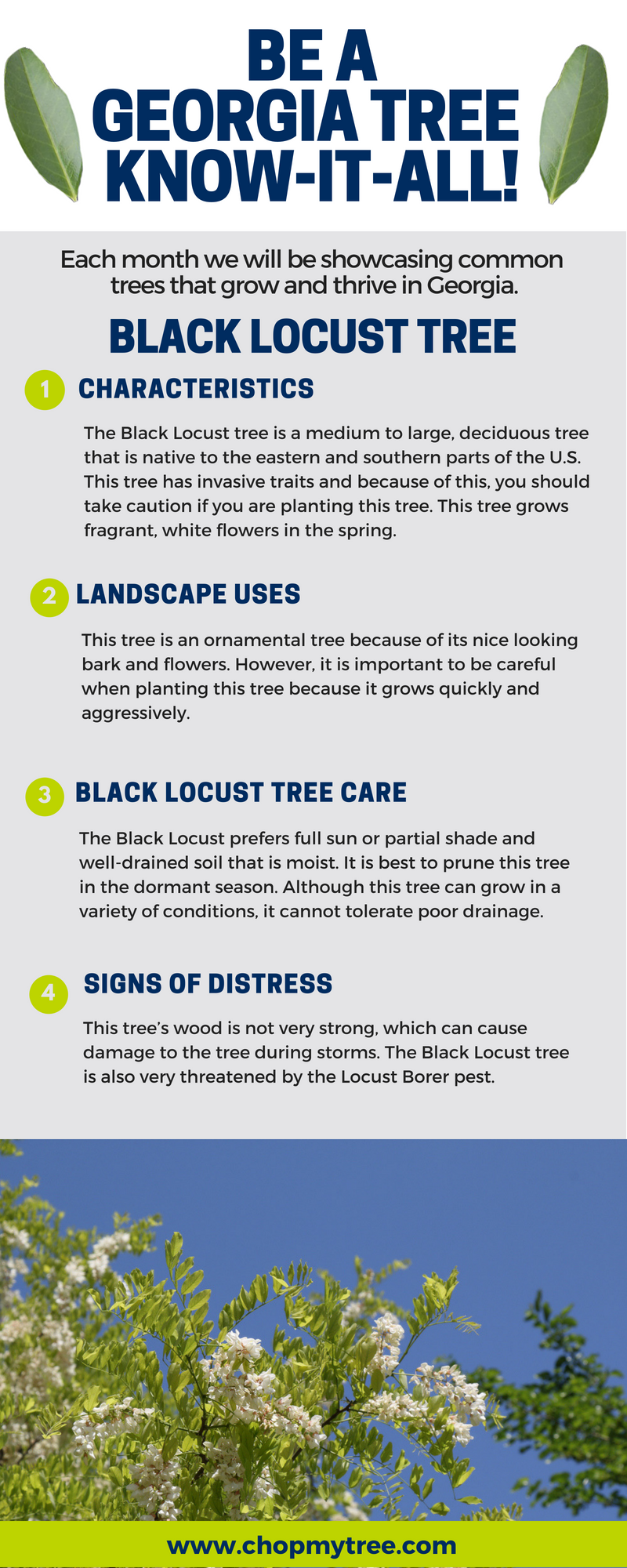Indications It's Time For Tree Removal: Exactly How To Recognize Unsafe Trees
Indications It's Time For Tree Removal: Exactly How To Recognize Unsafe Trees
Blog Article
Authored By-Troelsen Cormier
When it involves tree treatment, recognizing the indications that it's time for removal is vital for your security and residential or commercial property. You might notice tarnished leaves, wilting branches, or weird fungal developments indicating health problems. Structural problems, like a significant lean or splits in the trunk, can additionally present dangers. Comprehending these warning signs can assist you make notified choices about your trees and prevent potential hazards prowling in your backyard. What should you try to find following?
Signs of Decay and Disease
When you observe indications of degeneration and disease in your trees, it's vital to act rapidly. Search for blemished leaves, wilting branches, or unusual developments like fungi. https://www.countryliving.com/gardening/garden-ideas/g31930739/front-door-plants/ can indicate that your tree is struggling.
If you see splits in the bark or soft, mushy wood, these symptoms suggest interior decay. In addition, a sudden rise in parasites around your tree can indicate that it's compromised and at risk.
Check for any dead or dying arm or legs, as they present a threat to your property and security. If you're uncertain about what you see, consulting an arborist can offer clarity.
Addressing these indications early can conserve you from a lot more considerable damage and make sure the wellness of your yard. Don't wait until it's too late.
Structural Instability and Leaning
As you observe your trees, keep an eye out for any type of indicators of architectural instability or leaning. If a tree leans considerably, it may suggest that the root system is endangered.
Trimming Pine Trees Lower Branches for any kind of cracks in the trunk or dirt around the base; these can signal possible failure. In addition, check for unusual growth patterns, like an unbalanced crown, which might suggest that the tree is struggling to hold itself upright.
If you see that the tree favors your home, power lines, or other structures, it poses a better risk. Don't ignore these indicators-- consult an arborist to examine the scenario.
Taking action early can protect against pricey damage and ensure your safety and security.
Dead or Perishing Branches and Vegetation
If you notice dead or dying branches and foliage on your tree, it's a clear indicator that something's incorrect.
These unhealthy locations can suggest underlying concerns like disease, pest invasions, or environmental anxiety. When branches lose their leaves or transform brown, they're no longer contributing to the tree's health. Neglecting these indicators can bring about more decrease, making your tree extra hazardous.
Dead branches can conveniently break short throughout tornados, posturing a threat to home and individuals close by. It's critical to evaluate the extent of the damages.
If the problem influences a considerable part of the tree, think about speaking with a professional. They can aid identify if removal is essential to ensure security and maintain the elegance of your landscape.
Verdict
If you see any kind of indicators of degeneration, structural instability, or dead branches on your trees, don't disregard them. These signs can pose major safety dangers to you and your residential property. It's always best to get in touch with a professional arborist who can provide an expert evaluation of your trees. Acting early can prevent accidents and expensive damage, guaranteeing your landscape stays safe and healthy. Bear in mind, it's far better to be proactive about tree care than to await a catastrophe to happen.
